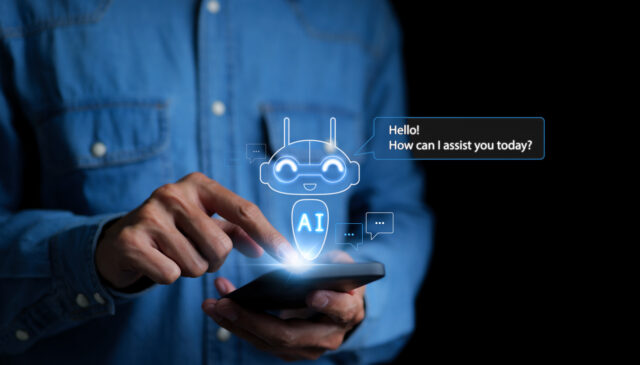It’s news to no one that the nature of the procurement industry has changed.
Spurred by the COVID-19 pandemic, an industry-wide surge in digital transformation, and the rising immediacy of the climate crisis, procurement has never been more important, or more complicated. However, as the industry’s demands grow and evolve, many procurement teams find themselves in need of skilled individuals that simply aren’t there.
A recent study conducted by Gartner found that just one in six procurement teams believe they have “adequate talent” to meet their future needs. That means just 15% of CPOs were confident in their future talent pools and ability to recruit skilled individuals, even if they believed their current staffing was sufficient to meet demand today.
Concerns over “having sufficient talent to meet transformative goals based around technology, as well as the ability to serve as a strategic advisor to the business,” were the primary cause of skill shortage stress, according to Fareen Mehrzai, a Senior Director Analyst in Gartner’s Supply Chain Practice. Essentially, the changing nature of procurement means not only that today’s procurement teams are unprepared for the discipline’s continued transformation from back office buyer to “orchestrators of value” in the executive team, but face an increasingly sparse hiring market as the requirements for a new procurement recruit become increasingly complex to satisfy.
Generative AI: Making digital accessible
Generative AI exploded into the public consciousness in 2023 with the launch of image generation tools like Midjourney and DALL.E, as well as chat-bots like Chat-GPT, powered by large language models. Investment has been immediate and almost unthinkably massive. In late 2023, it was estimated that generative AI startups were attracting 40% of all new investment in SIlicon Valley, and Bloomberg Intelligence estimates that the market for generative AI, valued at $40 billion in 2022, will be worth as much as $1.3 trillion in the next decade.
In the procurement and supply chain sectors, specifically, CPOs are reportedly dedicating 5.8% of their function’s budget, on average, to generative AI, according to a Gartner report from January.
Now, whether or not generative AI has the society-spanning, epoch-disrupting economic and social impact people are predicting (personally, I remain unconvinced, and anyone who disagrees can either fight me in the metaverse or try to run me over with a self-driving car) actually manifests, there’s no denying generative AI’s potential as a useful tool if adopted correctly.
Especially in an underskilled, rapidly digitalising procurement sector.
How can generative AI help procurement?
While Generative AI will never write a (good) movie script or create a piece of art that anyone with any taste would find genuinely moving, there are some things it does very well. Namely, it is very good at not only taking in and processing huge (and I mean huuuuge) amounts of chaotic, poorly structured information and answering questions about it, but most importantly, it can understand prompts and give results in simple, conversational language. There are still limitations and kinks to work out, however.
Generative AI still deals with hallucinations. However, the ability to input huge amounts of data and analyse that data in a conversational format could alleviate a lot of the technological literacy related teething problems that appear to be at the heart of the procurement skills shortage.
An EY report notes that, in the Supply Chain and Procurement space, generative AI has massive potential to: “Classify and categorise information based on visual, numerical or textual data; quickly analyse and modify strategies, plans and resource allocations based on real-time data; automatically generate content in various forms that enables faster response times; summarise large volumes of data, extracting key insights and trends; and assist in retrieving relevant information quickly and providing instant responses by voice or text.”
The future of Gen AI
Generative AI can be a source of simplicity for procurement teams at a time when new technologies often add complexity and necessitate upskilling or new hires. EY notes that a biotech company using a generative AI’s chat function has had positive results when using it as a way to inform its demand forecasting. “For example, the company can run what-if scenarios on getting specific chemicals for its products and what might happen if certain global shocks occur that disrupt daily operations. Today’s GenAI tools can even suggest several courses of action if things go awry,” write authors Glenn Steinberg and Matthew Burton.
Adopted correctly, generative AI could not only empower procurement teams to handle the pain points of today, but also tackling the looming threat of the skills shortage in an industry facing a relentless demand for skills that may not be in adequate supply for years to come.
By Harry Menear











